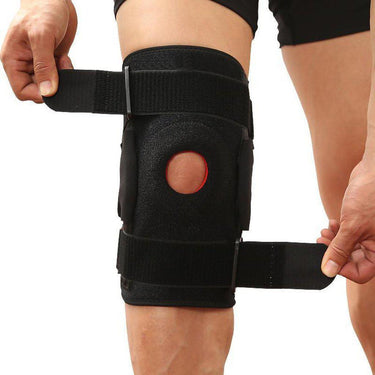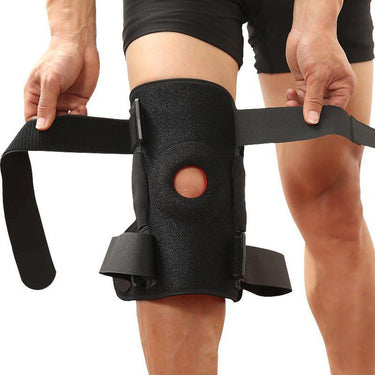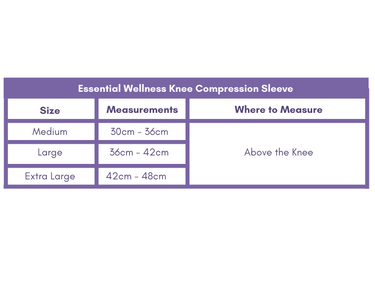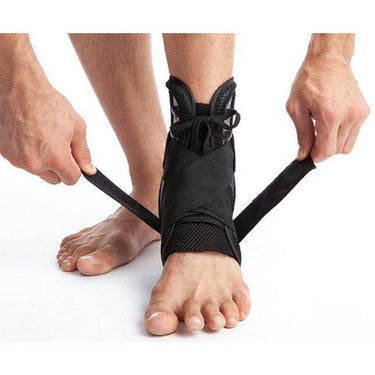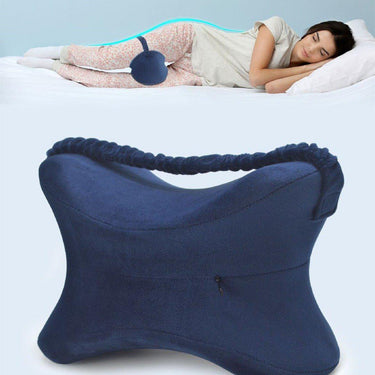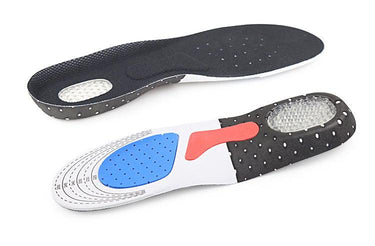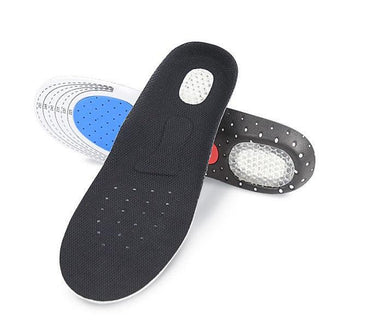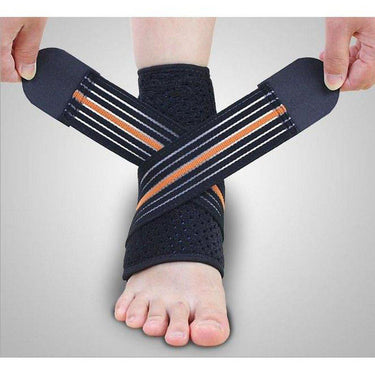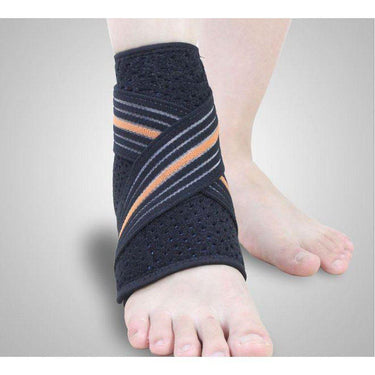Restoring Balance after a Sprained Ankle
How Good is Your Balance?
If you've sprained your ankle then check out our Ultimate Guide to Recovery, or read on to learn more about restoring your balance.
Chances are, your ankle may feel less stable as you move and when playing sports. This article is about how a sprained ankle affects balance and what we can do to restore it.
Heads up! The next paragraph contains Physiotherapy jargon (sorry!)
When you sprain your ankle fibres, also called ligaments - the messages they send to your brain about where your ankle is at any given moment are disrupted, making the messages less accurate. Which in turn, actually makes it more likely that you'll injure your ankle again in the future. This process is called proprioception; it's the body’s mechanism of detecting the position of where we are in space by feeling pressure and stretching or moving of our limbs. It's how we know when we're moving even with our eyes closed!
Balance can be used to predict falls and injury risk in the future.
IMPROVING YOUR BALANCE
Sleep
Get enough sleep: not only does this help the healing process it supports all cognitive processes. Sleep deprivation, even just one night, reduces dynamic balance, reaction times and postural control.
Waking up feeling refreshed is a good sign that you're getting the right amount of sleep.
Balance beam
Practicing balance improves your balance. Pretty obvious right? Postural balance like walking on a beam, a ledge in your garden or picking out a line on the floor and walking heel to toe is a great way to start working on your balance. This makes it dynamic and introduces a level of challenge for your brain to work on.
Static balance
If you've seen a physio or put ankle sprain rehabilitation into YouTube you'll be doing exercises like standing on one leg with eyes open, closed, reaching or moving the other leg. This is classed as static due to the weight bearing leg being still. Brilliant place to start with a sprained ankle particularly if still having pain but we move on our ankles more than we are still so don't spend too long on this point!
Barefoot
Not wearing any footwear provides 2 opportunities for balance. The first is your toes are free! And free to grip the ground, providing additional balance where they would usually be balancing on the sole of the shoe.
Secondly, there is heaps of information going into the sole of your foot directly from the ground that aren't there via footwear. Instead, with bare feet, thousands of nerves are firing to tell your brain the information it needs to make your balance better.

Dynamic balance
Balance as a skill needs to cope in all situations so needs to be trained on a variety of situations.
Think about posture, position and control. Of your whole body, not just your ankle.
Lateral jumps, single-leg jumps, single-leg strengthening, jumping with 90 degrees or 180 degree turns single or double legs.
These skills also improve the ability to shock absorb and rebound from ground forces.
Think about landing with toes first, heels second, soft knees, flexing at the hips and maintain a neutral spine, keep shoulders back and upright. Don't let your knees drop inwards.
Remember to start from where you are:
Use a trampoline if you have one, bouncing, think about posture and landing.
Stand on one leg and swing the other leg backwards and forwards, then the other leg. To make it harder, close your eyes.
Key points to remember
Start with what you can manage pain-free and build up repetitions
Increase the load-bearing and gradually progress to landing and jumping on one leg.
Begin with barefoot so that you are aware if you over-exert yourself.
Balance on difference surfaces - hard flooring, carpets, pillows, uneven surfaces, narrow surfaces (edge of the pavement), try walking heel to toe in barefoot and with shoes.
In order to help recover your balance and return to the activities you love, an ankle support can support a speedy recover, add stability to a sore joint and make daily tasks easier to do while you are healing.




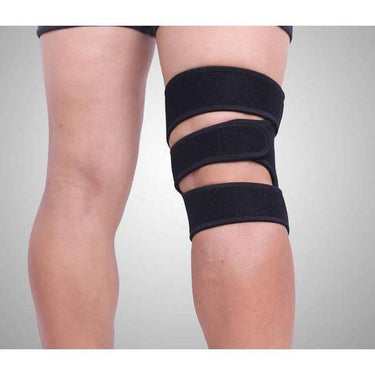
![Extra Large Knee Support, Adjustable Fit - More comfort for larger knees-Orthotics, Braces & Sleeves-[Single] Knee Support - Extra Large-Essential Wellness-5060536630770](http://essentialwellness.co.uk/cdn/shop/products/orthotics-braces-sleeves-extra-large-knee-support-adjustable-fit-more-comfort-for-larger-knees-1_375x.jpeg?v=1640355859)
![Extra Large Knee Support, Adjustable Fit - More comfort for larger knees-Orthotics, Braces & Sleeves-[Single] Knee Support - Extra Large-Essential Wellness-5060536630770](http://essentialwellness.co.uk/cdn/shop/products/KneeSupportSizeGuide_375x.png?v=1626784613)
